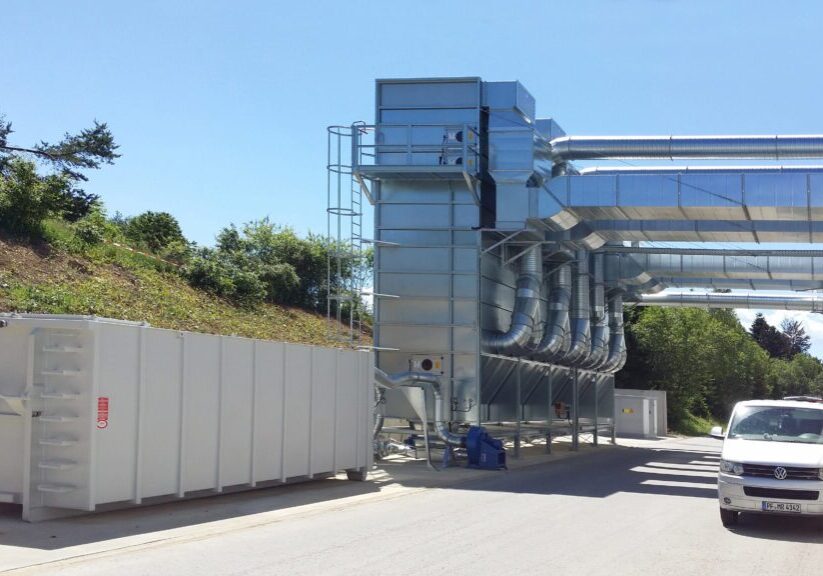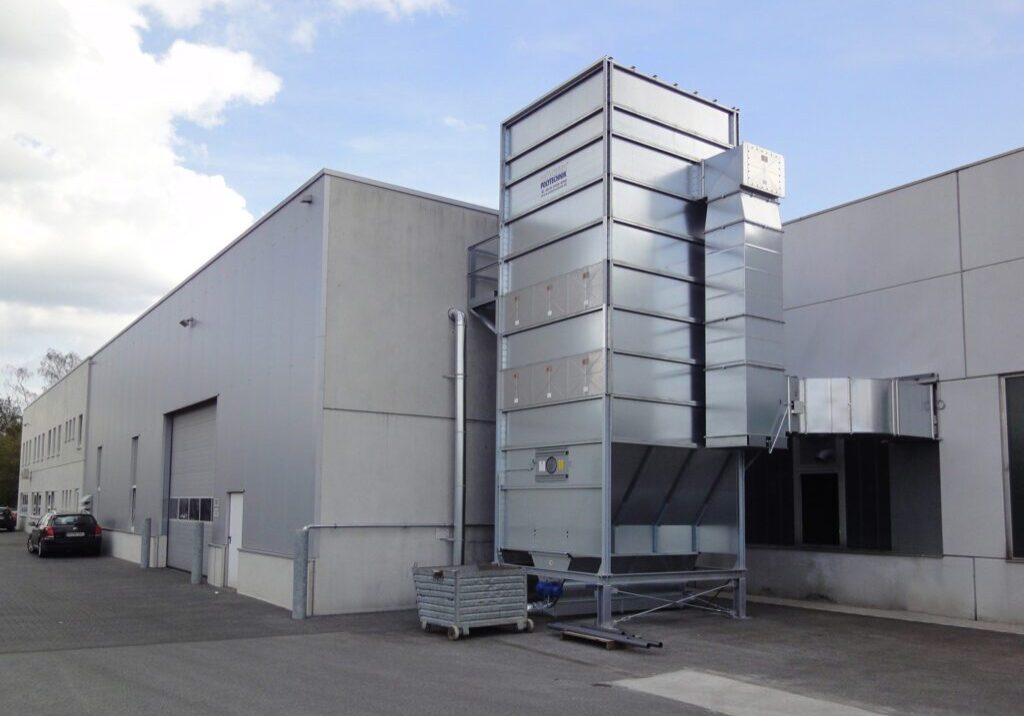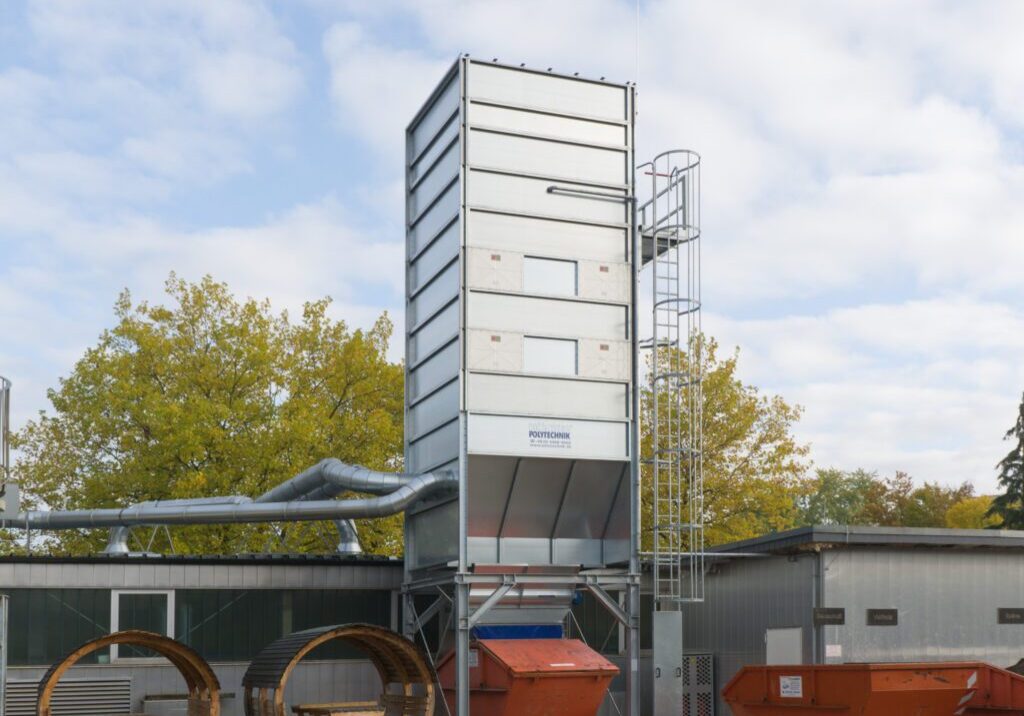The NFPA (National Fire Protection Association) sets critical safety guidelines to reduce fire hazards and explosion risks in environments where combustible dust, like wood dust, is present. These regulations are designed to protect your employees, equipment, and facility from catastrophic dust-related incidents.
For the woodworking industry, the most relevant standards include NFPA 652, which covers the fundamentals of combustible dust, and NFPA 664, which specifically addresses fire and explosion prevention in woodworking facilities. Failure to comply with these standards can not only lead to hefty fines but also put your business and workers at serious risk.
Key NFPA Standards for Woodworking Operations:
- NFPA 652: Fundamentals of Combustible Dust – This core standard outlines general requirements for dust hazard analysis, risk management, and safety measures to prevent dust explosions. Every woodworking business must conduct a dust hazard analysis (DHA) to identify and mitigate risks. Explore how to conduct a DHA to ensure compliance with NFPA 652 and keep your facility safe.
- NFPA 664: Prevention of Fires and Explosions in Wood Processing Facilities – This standard provides specific guidance for controlling fire hazards in woodworking facilities. It includes measures for proper dust collection, spark detection, fire suppression systems, and equipment design.
 Pro Tip: Think of NFPA standards as the rulebook for keeping your shop running smoothly and safely. Conduct regular DHAs and make sure your safety systems are in top shape — it’s the smart way to avoid dust disasters and costly fines.
Pro Tip: Think of NFPA standards as the rulebook for keeping your shop running smoothly and safely. Conduct regular DHAs and make sure your safety systems are in top shape — it’s the smart way to avoid dust disasters and costly fines.

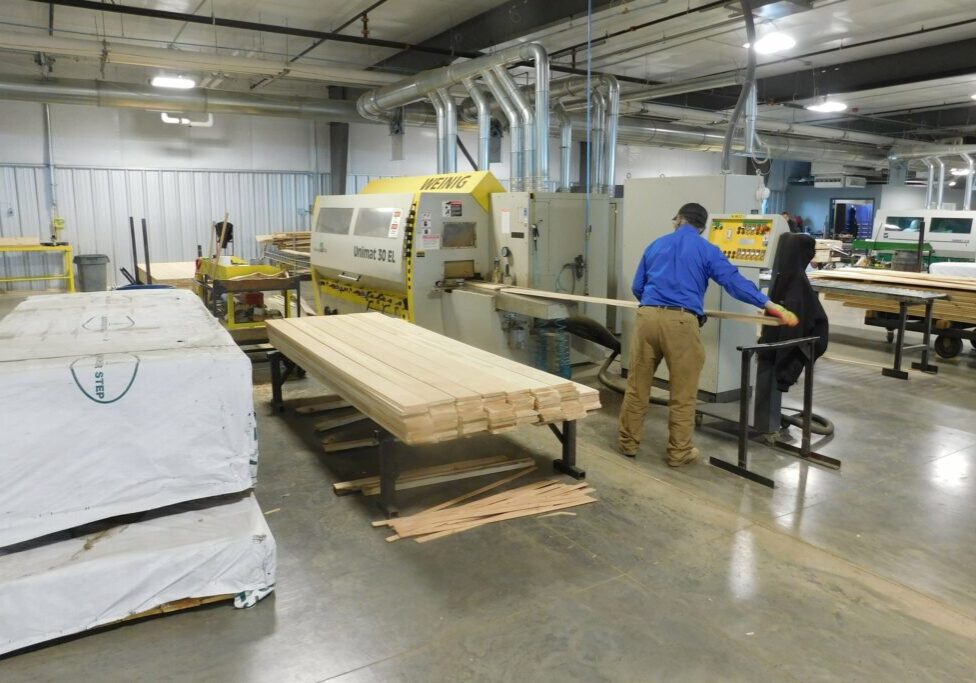
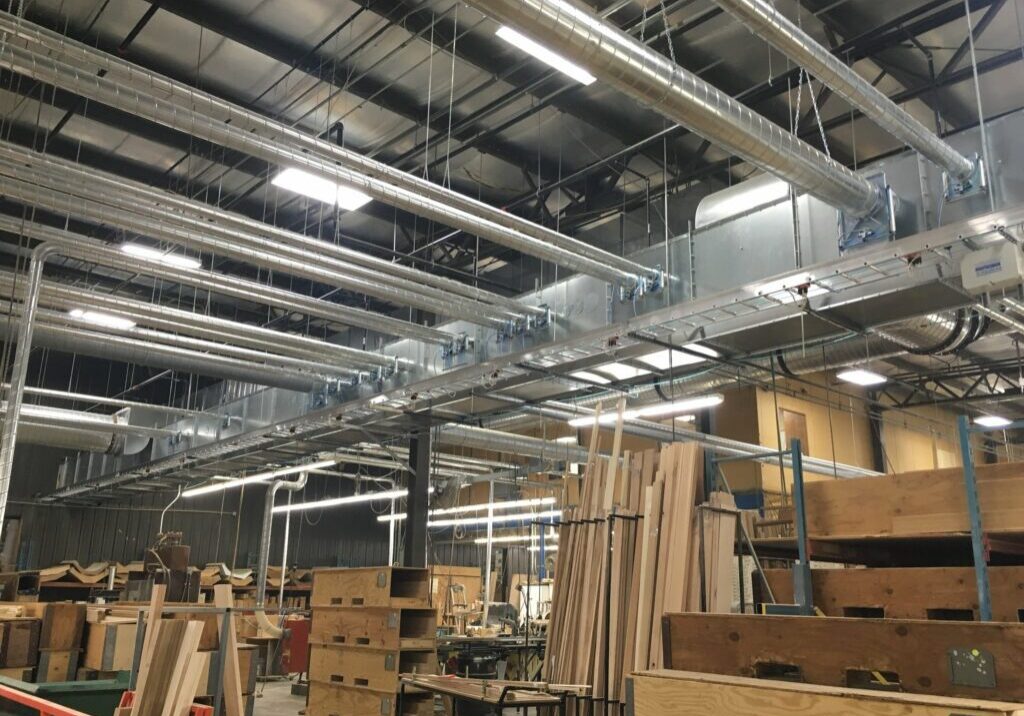
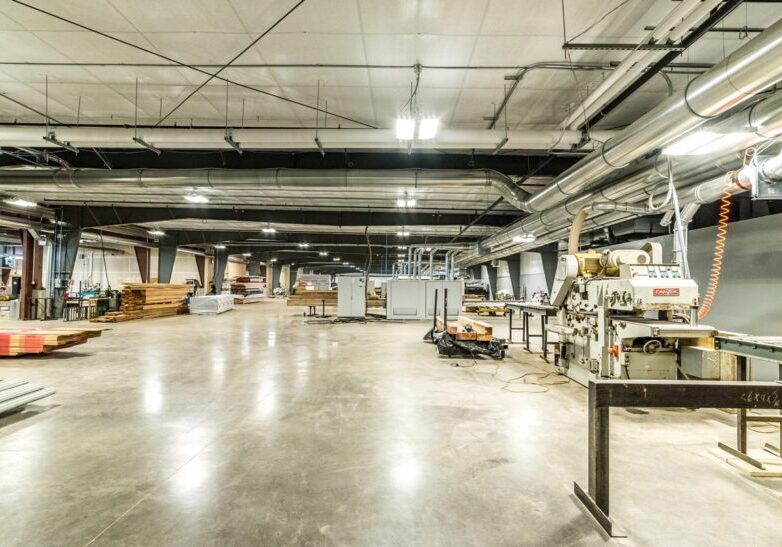
![JB1_20171218_00027_preview[1] JB1_20171218_00027_preview[1]](https://hockeramerica.com/wp-content/uploads/bb-plugin/cache/JB1_20171218_00027_preview1-1024x683-landscape-d37da909590e55e7af02b6ae3fddc17b-.jpeg)
